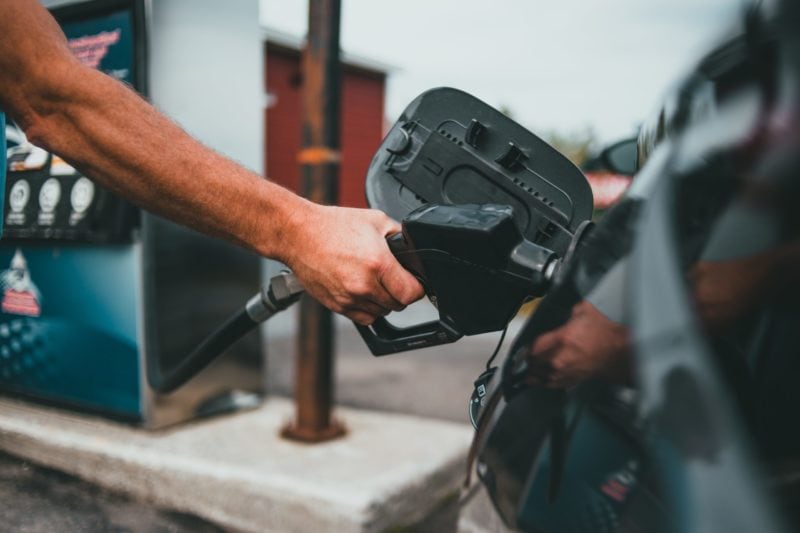As gas prices soar in 2022, small business owners should be aware of the mileage and fuel reimbursements available. As of July 1st, 2022, the IRS has set new federal mileage reimbursement 2022 rates. At the beginning of the year, the rate was 58.5 cents per mile and now has increased to 62.5 cents per mile for business purposes. A mid-year change is very unusual, but the IRS has responded to the increased prices.
This means that any time a personal vehicle is used for business purposes, mileage reimbursements can be received. This measures mostly on a per-mile scale. Employers, self-employed, and independent contractors can all benefit from mileage reimbursement.
Travel Considered for Business Purposes
There are many types of business purpose travel that qualify for mileage reimbursement. This includes travel to meetings, conferences, meals (with clients), customer visits, and job sites. It also includes business-related errands, such as picking up supplies or dropping off documents. Travel between multiple work locations is also considered business travel and can be reimbursed.
Any travel that is outside of your city/area and is necessary for your business, for more than a day, can qualify for a reimbursement of business travel expenses. To receive reimbursement for business travel expenses, you need to keep up with all receipts and records of the expenses (especially mileage of your car). Make sure you note the time, purpose, and destination of the trip.
Which Fuel Costs Qualify for Reimbursement?
The fuel reimbursement is only for the business-related portion of the travel. For example, if you drove 100 miles in your personal car and 50 of those miles were for business purposes, you would only be eligible to get fuel reimbursement for half of the total cost of fuel. The other 50 miles would be considered personal travel and could not be deducted as a business expense. This also goes for any other type of vehicle used for business travel, such as a truck or van. The fuel reimbursement can only be claimed for the gas that was used while the vehicle was being driven for business purposes.
In addition to documenting your mileage, be sure to keep some form of documentation for the business purpose. For many small business owners and self-employed folks, the easiest way to document their business events is through a digital calendar. (You can’t lose a Google calendar!) If you’re not a tech or smartphone person, keep a journal or daily planner that documents the business events that required travel. It will be a life-saver in the event of an audit.
How Do I Start With Mileage Reimbursement?
If you’re an employer, you will need to set up a mileage reimbursement policy for your employees. You will also need to keep track of all business travel expenses and have employees submit receipts for fuel costs. If you’re self-employed or an independent contractor, you can start claiming mileage reimbursement. You need to keep track of all business travel expenses and submit receipts for fuel costs.
How to Calculate Mileage Reimbursement
The IRS has a standard mileage reimbursement rate that can update each year. The current rate can reimburse employees for business travel expenses.
Looking to calculate the mileage reimbursement for an employee? Simply multiply the number of miles driven by the IRS reimbursement for mileage rate. For example, if an employee drove 100 miles for business purposes, they would be eligible for a mileage reimbursement of $62.50.
Employee Reimbursement Process
To start with mileage reimbursement, employers will need to set up a policy for their employees. They can calculate the federal mileage reimbursement rate and apply it to all business travel expenses.
Employees can start claiming mileage reimbursement by keeping track of all business travel expenses and submitting receipts for fuel costs. When submitting fuel receipts, employees will need to include the date, time, location, and purpose of the business travel. They will also need to include the number of miles driven and the total cost of fuel.
Once you submit all of the documentation, employers can process the reimbursement request and issue a payment to the employee.
Fuel prices continue to climb, it’s more important than ever for small businesses to take advantage of fuel reimbursement opportunities. By doing so, you can help offset the increased costs of running your business. And now that the IRS has raised the mileage reimbursement rate, there’s even more incentive to get started!


